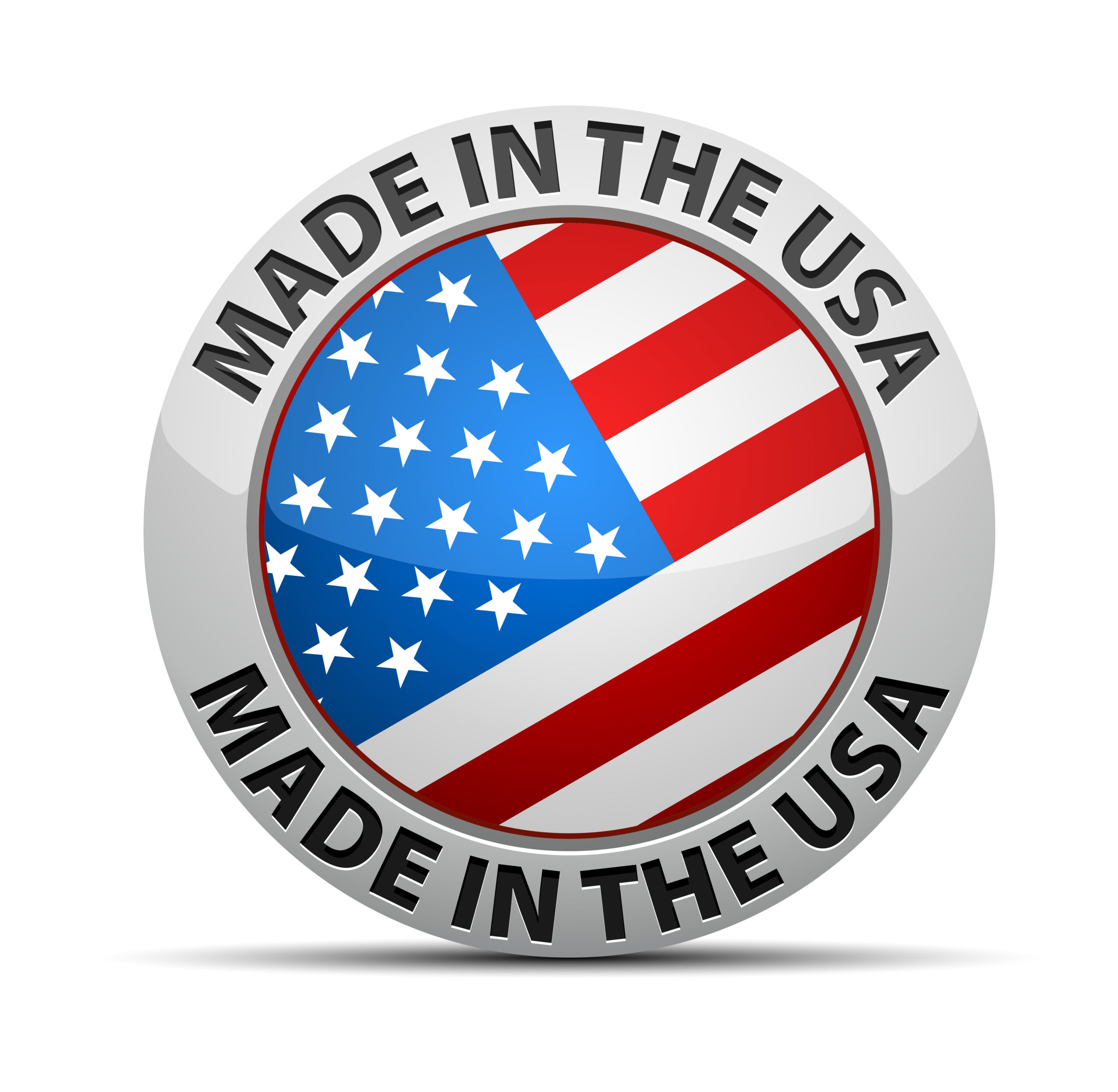The advantages of having your product made in China are cost and scalability. Products and product components that are manufactured in China are typically of high quality, and can cost as much as 30% of what it would cost in the United States. With that kind of cost savings it can be quite tempting to have your manufacturing done in China. However, not all vendors are the same, and doing your due diligence in finding the “right” manufacturer in China can be difficult, and costly.
Sending your manufacturing team to China, in order to research manufacturing vendors suitable for handling your product can be challenging in many ways. Not only will it be costly for one or more employees to spend a week or two in China, but the language barrier, inexperience and gaining honest cooperation may prove impossible for many smaller companies. We have technology friends in China that we contact, and they will visit factories and assembly plants and talk with managers to be sure the vendors are capable of producing a quality product in a reliable way. They represent us, not the business of China, and help us find honest and reliable vendors that are worthy of acquiring our client’s business.

Scaling your production from small pre production runs to larger production runs in the thousands per month is often very cost effective in China, because there is a huge, inexpensive labor force and Chinese vendors can find large facilities, and a larger labors force in a short amount of time. Advanced Designs can help you plan ahead, and when the time is right, either expand your production with your current supplier, or move your operation to a new manufacturer. If you try and do something like this yourself, you quickly find you are probably way out of your element.
One option is to search the internet, make a list of possible candidates and contact them. Our experience has been that you can be certain they will tell you exactly what you want to hear. The language barrier becomes obvious, and since they don’t do things the way we do them in the United States, technical questions are often given unreliable responses. Most companies do not have the resources Advanced Designs has to verify and check the credibility of what you’re told.
Many consumers value domestically manufactured products. The stigma attached to products that are made in China label carry allows for a premium price to be put on the coveted Made in the USA label. Not only that, the Made in USA label allows for some parts of products, especially those with printed circuit boards, plastic and other mechanical parts, to still carry Made in USA labels as long as the product is designed and assembled by a US company. A common rule of thumb to carry the label is that half to two thirds of the cost of a product is from vendors in the United States. Many electro-mechanical products have circuit boards that are fabricated in China, but assembled in the United States.
The risk to intellectual property is the most important issue to give consideration when doing business in China. The Chinese government is improving enforcement of intellectual property protection but it remains a significant problem. We’ve been told by many of our colleagues that regardless of non-disclosure agreements, knock-offs and competitors of their products seem to appear on Amazon within months or even a few weeks after theirs hit the market. In some cases, as fast as products are going out the front door, the plans and designs are given to Chinese competitors out the back door. Electronic products are often protected by unbreakable software code, but short of that most are easily copied in form and function with just enough differences to be controversial.

Advanced Designs recommends that new and unique products manufactured in China should be fabricated and assembled by more than one unrelated vendor and to find a way to have some significant part of the product made in the United States, thereby not giving any one manufacturer all the manufacturing documentation or knowledge.